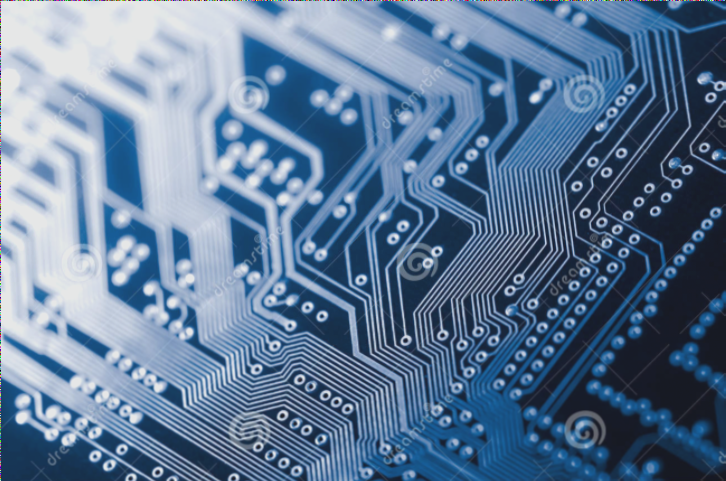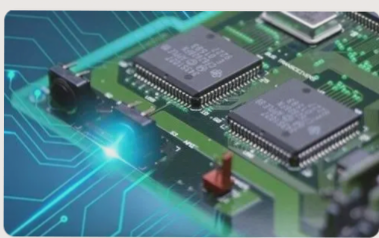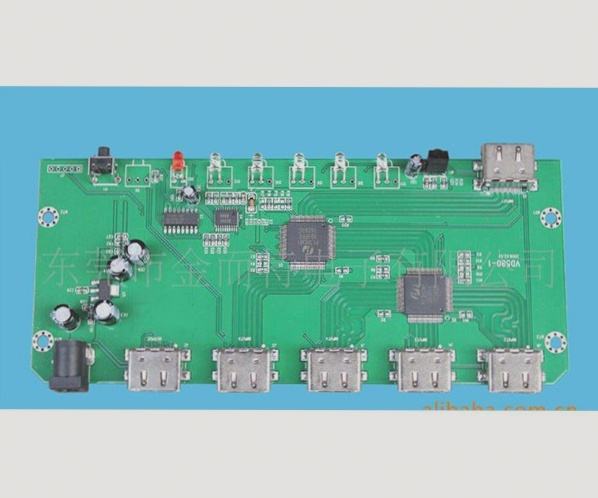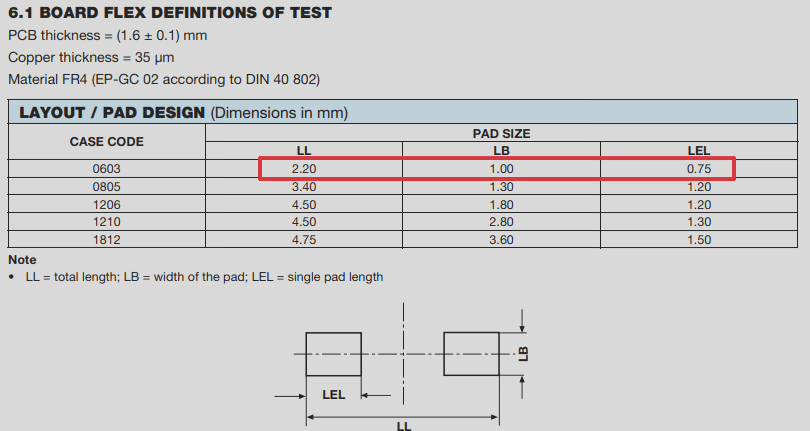The Importance of PCB Testing and Inspection in Modern Electronics
Enhancing Product Quality and Reliability Through Advanced Testing Methods
The use of Printed Circuit Boards (PCBs) has become increasingly prevalent in modern electronics due to their reliability, compact design, and high-density capabilities. As the demand for high-performance PCBs continues to rise, the need for effective quality control measures in PCB production has become paramount.
Key Considerations for Effective PCB Testing
- Reliability of Testing Equipment: Ensure calibration and proper functioning of testing tools to maintain accuracy.
- Comprehensive Testing Methods: Utilize various techniques like electrical testing and X-ray inspection for thorough fault detection.
- Component and Solder Joint Inspection: Focus on solder joint quality and component placements to prevent defects.
- Consistency in Inspection Protocols: Standardize procedures for uniformity and traceability in testing.
- Environmental Considerations: Maintain suitable testing environments to avoid interference.
Advanced PCB testing equipment plays a crucial role in ensuring product quality and minimizing defects. By employing sophisticated testing methods, manufacturers can identify issues early and prevent defects in mass production.
Best Practices for PCB Testing and Inspection
When testing PCBs, following best practices is essential to achieve accurate and reliable results. Here are some key guidelines:
1. Prevent Short Circuits Between Pins
Avoid creating short circuits between pins by carefully placing probes and test points.
2. Ensure Proper Insulation of the Soldering Iron
Check the insulation quality of the soldering iron to prevent current leakage and potential damage to the board.
3. Use Instruments with High Internal Resistance
Select PCB test instruments with high internal resistance to avoid inaccurate readings and faulty diagnoses.
4. Monitor Heat Dissipation of Power ICs
Pay attention to the heat dissipation of power ICs to prevent component failure and inaccurate test results.
5. Design Leads and Wires Appropriately
Ensure proper routing of lead wires to prevent interference, minimize resistance, and avoid mechanical stress during testing.
6. Inspect the Soldering Quality

Important Steps Before PCB Testing
- Inspect soldering quality to avoid circuit issues.
- Avoid premature diagnosis of IC damage.
- Understand the working principles of the board.
Key Considerations Before Testing
- External Electrical Parameters
- Failure Analysis
- Component Inspection
- EMI and Static Electricity Protection
Common PCB Inspection Methods
- Manual Visual Inspection
- Functional System Testing
- Dimensional Size Measurement Using 2D Imaging
Manual inspection is less efficient due to smaller PCBs and human error risks.
Specialized equipment is used to assess operational performance.
2D imaging instruments provide precise measurements without deformation.
Challenges in PCB Testing
Modern PCB complexity requires advanced testing methods like 2D imaging and functional testing for reliable results.
Conclusion
Effective PCB testing is crucial for electronic device performance. Utilizing best practices and advanced testing technologies ensures quality and reliability in today’s devices.




